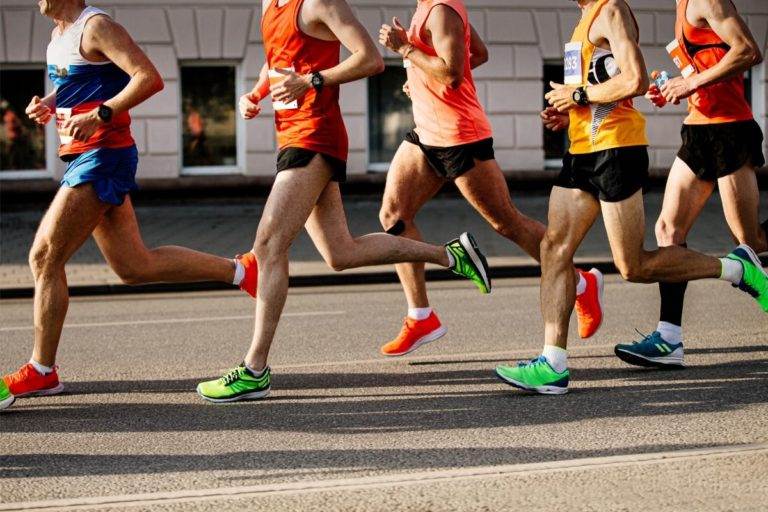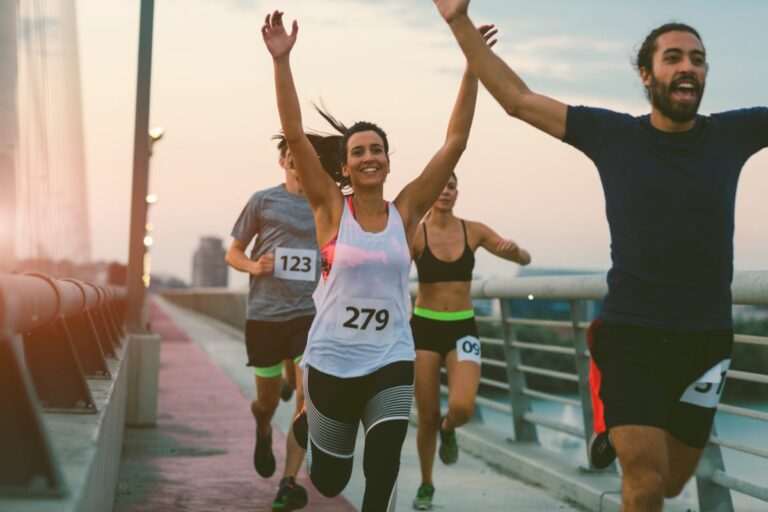How Running Affects Your Knees? Are Your Knees In Danger?

If you’ve decided to get on the running bandwagon then you’re not alone. However, running is often like marmite; you love it or hate it.
When you start running, you’re likely to HEAR that your knees will suffer in the long run (excuse the pun).
But is this actually true? Is running bad for your knees? The answer is no.
A number of factors can cause knee problems, such as genetics, biomechanics, muscle strength and flexibility, and even the shoes you wear.
However, there’s NO scientific basis to suggest that running itself causes arthritis in your joints.
And while certain types of exercise may increase your risk of injury, running is not among them.
Joint Problems
What about increasing the risk of joint problems such as osteoarthritis?
Osteoarthritis
It is important to remember that there are many factors that contribute to an individual’s risk of developing knee osteoarthritis.
Some genetic predispositions may increase your risk, while others could decrease it. If you are overweight, you might be at higher risk.
If this is the case, then running is a great way to keep fit and is also associated with a decreased incidence of other diseases like diabetes, heart disease, stroke, and cancer.
Running isn’t just good for your health, studies have shown that running regularly can actually help prevent osteoarthritis, especially when you run at high intensity.
A recent study published in Arthritis Care & Research found that runners had fewer symptoms of arthritis than non-runner patients.
Even former runners still fared better than non-runners. Running doesn’t just help you stay fit — it may actually keep you young. So, how does running actually help prevent knee pain?
Positive Impact
Arthritis is inflammation in the joints and is generally caused by wear and tear on the joints. However, as mentioned above, there are many other factors that can lead to arthritis.
Some people may also have an underlying genetic condition that predisposes them to develop arthritis.
Furthermore, there are many types of arthritis. Rheumatoid arthritis affects about 1% of the population, while osteoarthritis affects approximately 10%.
Over time, you will see positive changes in your body if you run regularly. Running can help prevent arthritis because it REDUCES obesity. Obesity causes inflammation, which leads to pain and stiffness.
In addition, runners tend to have a lower BMI than the average person, which means they are less likely to suffer from joint problems.
It’s useful to remember that pain is caused by many different factors. Some people will experience knee pain after a long period of sitting at a desk all day.
Others may feel knee pain when they first start exercising. Regularly running helps to keep your knee joints lubricated and builds new cartilage.
When you run, your body is working hard to move your legs forward.
Your muscles contract and relax repeatedly, causing your bones to rub together and stimulate the growth of new bone.
If you stop running, your cartilage may very well begin to deteriorate.
How to Reduce the Risk of Knee Injuries
A key point to remember is that knee injuries aren’t something you get when you run.
Most running injuries are due to OVERUSE meaning that they happen because your body isn’t built to deal with the amount of stress you put on it while you run.
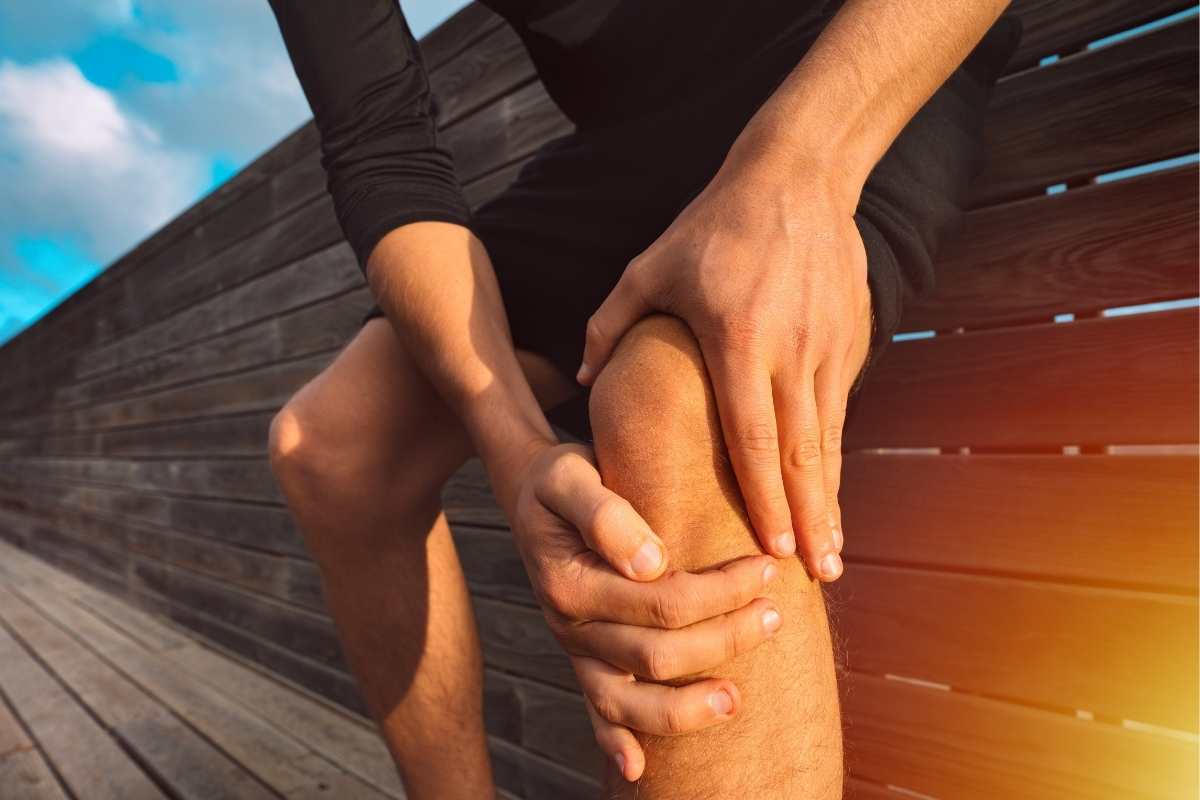
That means that if you train them properly, you should be able to run pain-free and avoid any long-term problems.
If you have had a knee injury you may also need to alter your running form slightly to avoid re-injuring yourself.
For example, If you can see your foot strike the ground before your body does, you’re likely OVERSTRIDING. Over striding puts huge braking forces on your knees.
This is bad because it increases the chance of getting injured or reinjuring an existing one.
Iliotibial Band
Iliopsoas bursitis is a painful condition caused by inflammation of the iliopsoas muscle, commonly called the “hip flexor”.
It affects approximately 2-3% of all adults. While running is not considered an aggravating factor, it does increase the risk of developing iliopsoas bursitis.
It can irritate the outer knee area and usually happens when you start running further distances.
If you do develop this condition, try ICING the injured area for at least 15 minutes.
You may also try taking an over-the-counter pain reliever such as Advil, Aleve, Motrin, or Tylenol. SWIMMING or other low-impact activities will help you stay active while reducing inflammation.
A biomechanical assessment should also be done to determine if there are any issues with your running form, technique, and footwear.
Having an expert evaluate your running style and advise you on what changes need to be made will greatly benefit your running.
A strength and conditioning program, exercise programs, stretching, and manual therapies like trigger point work can all help.
Sprains
If you decide to make running part of your exercise routine it’s useful to understand different injuries so you can identify them. The most common injury is a sprain.
A sprain is caused when a joint becomes unstable due to stretching or tearing of the supporting ligaments.
These injuries can occur from a fall, twist, or blow to the body. They are often accompanied by pain, bruising, and swelling.
Mild sprains usually involve a partial tear of a ligament, while moderate sprains involve complete tearing of the ligament.
Severe sprains can result in complete separation of the ligament from the bone.
Regardless of severity, all sprains will cause pain, swelling, bruising, and inflammation. You may also notice bruising around the ankle.
An X-ray will show any fractures. If you have an old sprain, try icing the area and using crutches until it heals.
An acute strain is when you pull something or stretch something out of shape. A chronic strain is when you keep doing something over and over again and your body gets weaker.
Not getting enough rest during intense exercise can lead to an overuse injury.
Symptoms of an acute strain include pain, muscle weakness, inflammation, swelling, cramps, and sometimes even tears.
What Is Runner’s Knee?
Runner’s knee, a painful condition around the front of the knee, is commonly caused by running.
This condition can be caused by repetitive motions that strain the knee joint. Activities that fall under this category include walking, skiing, cycling, and playing soccer.
This condition may be caused by a structural defect or how you run. Kneecap rubbing, grinding, or clicking sounds are common symptoms.
The most effective treatment is to REFRAIN from running until the pain has subsided.
The Bottom Line
The facts are that running WILL NOT RUIN your knees. In fact, running can actually strengthen them.
With the right form, footwear and mental attitude running can have a very positive influence on your life.
Taping is a common way to increase knee stability while reducing pain from high-impact activity. Knee taping for runners, specifically athletic taping with KT tape, has become popular.

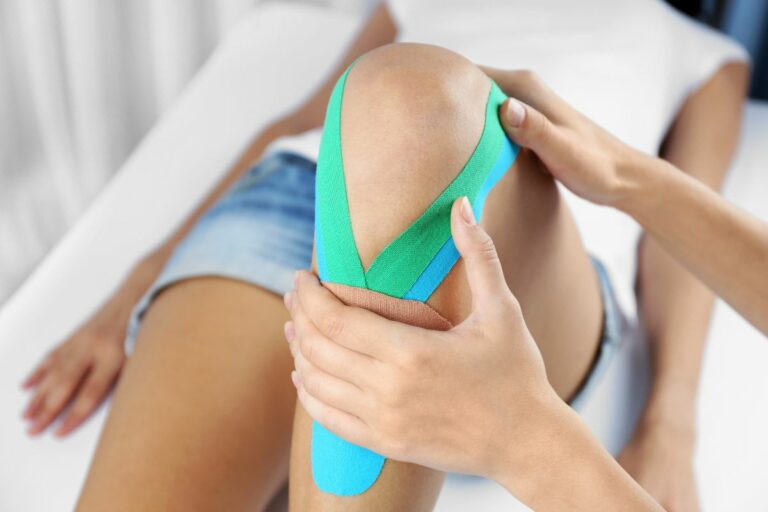
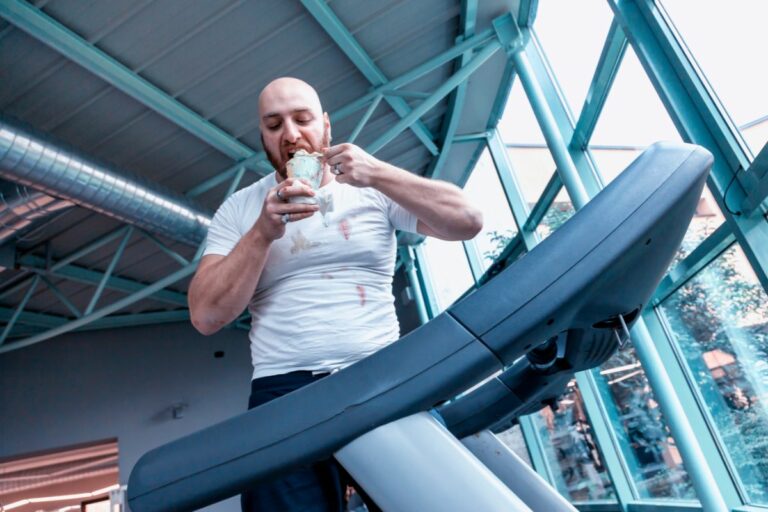
![Running But Not Losing Weight? Why Running Doesn’t [Always] Burn Fat](https://proudtorun.b-cdn.net/wp-content/uploads/2022/06/Why-Running-Doesnt-Always-Burn-Fat-768x512.jpg)
